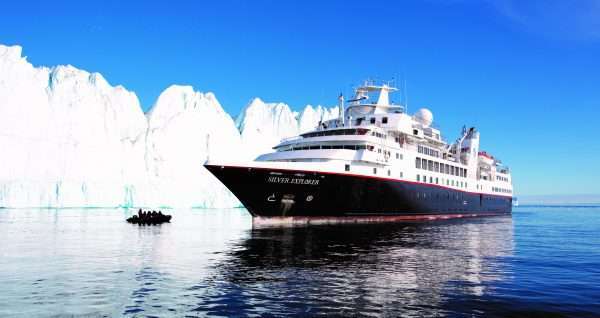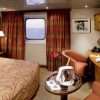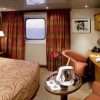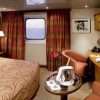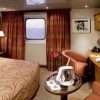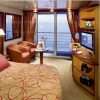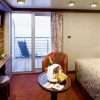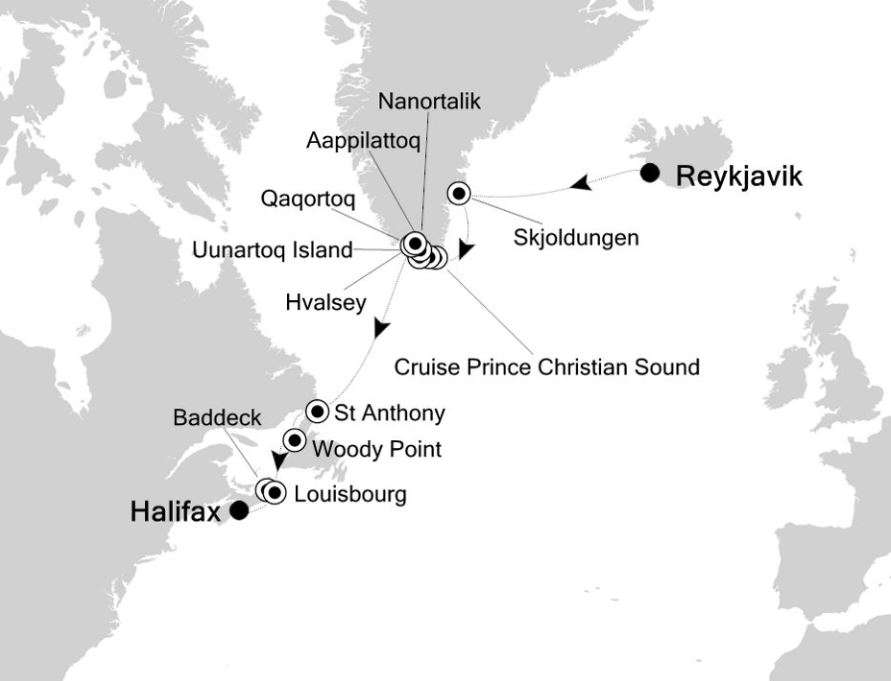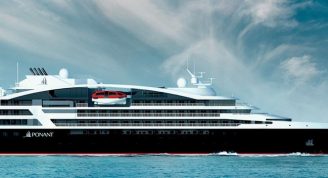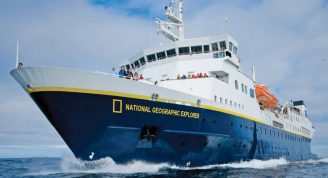Description
Lined with picturesque fishing villages, dramatic fjords and mountains, and sweeping sea vistas framed by a rocky coastline, the route of the Norse is exceptional. Experience the beauty of the fjords, the majesty of the marine wildlife not to mention the incomparable scenery and learn a life lesson provided by Mother Nature. Zodiac trips and expert leaders make this voyage a fully immersive experience.
Skjoldungen Fjord, Greenland
Skjoldungen on Greenland’s east coast offers a spectacular ship’s cruise and (weather permitting) a Zodiac cruise to approach Thrym Glacier. Whales are often seen at the entrance to Skjoldungen.
Prince Christian Sund, Greenland
The ship’s cruise through one of Greenland’s most dramatic natural features, the waterway connecting the east and west coast of Greenland, will take several hours and will go past stark, steep mountains, waterfalls and glaciers.
Uunartoq Island, Greenland
Enjoy the opportunity to relax in hot springs and watch icebergs go by.
Qaqortoq, Greenland
Stroll through the picturesque harbour town of Qaqortoq, its colourful houses painted in bright primary shades. The modest Qaqortoq Museum houses a superb collection of Inuit artefacts associated with hunting and fishing, and a collection of contemporary artwork. The town is also famous for the open-air exhibition “Stone and Man”.
Hvalsey, Greenland
At Hvalsey you will find Greenland’s best preserved ruins of a Norse church dating back to the 1300s.
Woody Point, Newfoundland, Canada
Gros Morne National Park is a UNESCO World Heritage Site for both exceptional natural scenery and distinctive geological history. Gros Morne National Park provides some of our planet’s great geology lessons. Step on the earth’s mantle and experience the harsh landform – the Tablelands – that gave the park its World Heritage status. Learn about the park and Newfoundland’s geology, plant and animal life, marine story and human history at Gros Morne’s Discovery Centre, the primary interpretation centre.
Louisbourg, Nova Scotia, Canada
With special permission, we land our Zodiacs directly at the Fortress of Louisbourg, the crown jewel of Canada’s national park service. In the early 1700s, the port of Louisbourg was established by the French, who made extensive fortifications. The fortress was all but destroyed after several battles for control between the French and the British, with the British finally winning out. Today, mounds of grass-covered stone from original foundation walls have been painstakingly transformed to their former 18th-century splendour. The largest historical reconstruction in the nation’s history is now a Canadian National Historic Site.


